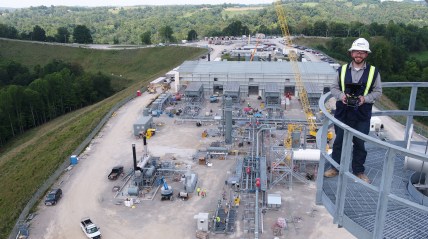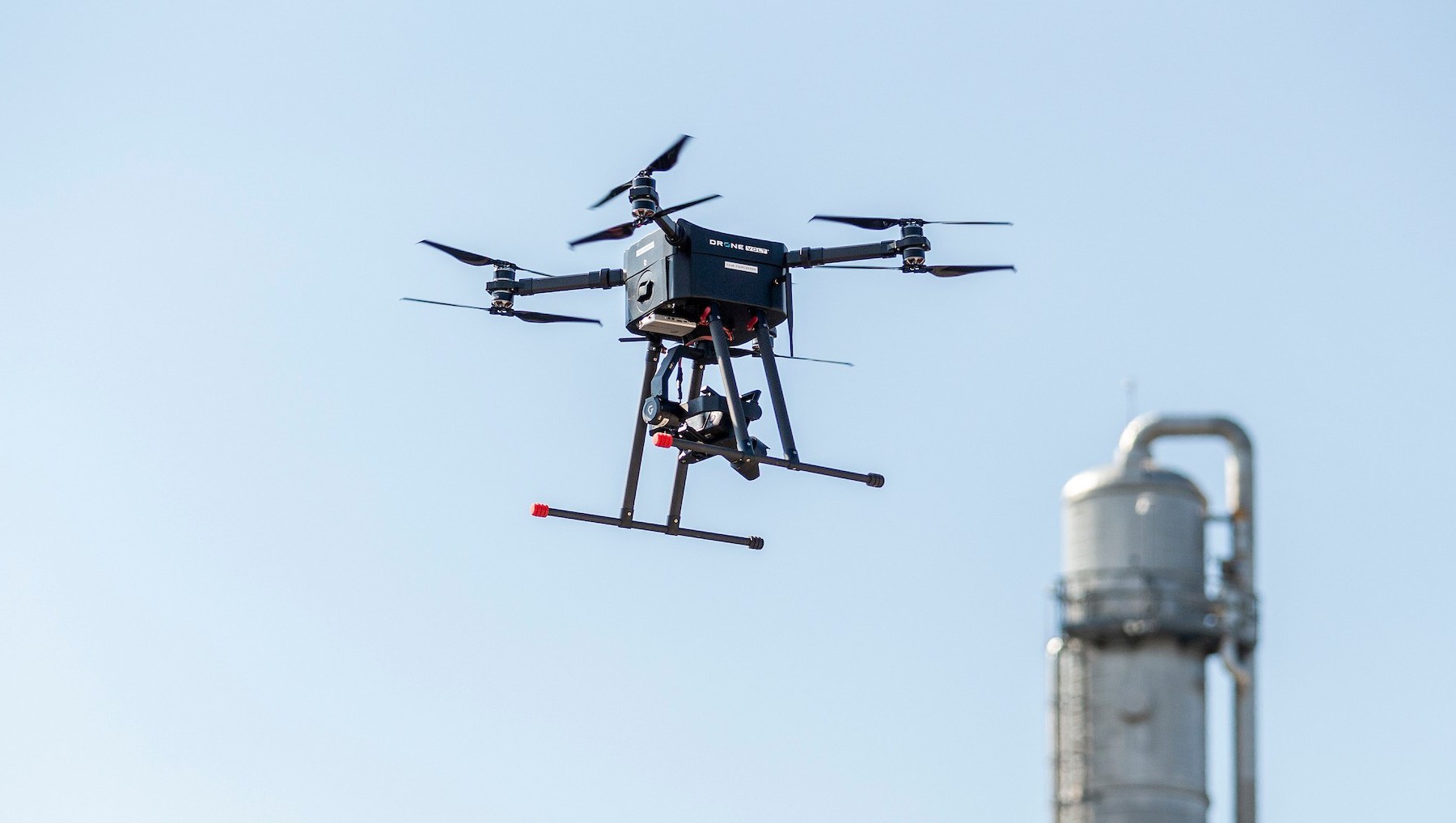As a construction manager, Jon Lindstrom spends a lot of time on the ground, inspecting progress on job sites like the Ridgeline Compressor Facility in northern West Virginia.
But it’s when he flies a drone to get a bird’s eye view that he really sees how things are shaping up.
“That 200- or 300-foot view is the best and simplest way to show progress on a project,” he said.
It’s also the safest and most cost effective way to monitor our operations.
Lindstrom is one of 13 employees licensed by the FAA to fly drones for Williams’ Unmanned Aerial Systems Program. They fly drones to monitor construction, map out facilities and pipeline routes, and demonstrate compliance.

“From the ground we can see progress being made, but getting up high, we get a wide view that captures everything,” Lindstrom said.
Drones also allow Williams to inspect equipment for maintenance needs, without employees needing scaffolding or lifts for hard-to-reach places. They can also monitor for potential landslides that would be dangerous for employees to reach.
“We use them to help with tower inspections, where in the past a lift had to be used or someone had to climb a tower and it took a full day. Now we can do that with a drone in 30 minutes with high resolution imagery and videos,” said Brian Halchak, a senior engineer who helped develop Williams’ drone program.
Mitch Diltz, a GIS analyst, uses his Williams drone to document restoration of rights of way after construction. He also uses the images to create detailed overlays for mapping.
While drones now cannot be flown outside of an operator’s line of sight, Halchak thinks one day they will be flown autonomously, programed to fly regular routes and send back data.
Until then, our pilots are skilled at flying them manually. They file flight plans for each journey, and ensure they are no other aircraft in the area or adverse weather conditions.
Diltz said capturing real life images brings his computer modeling to life, and he enjoys seeing our operations first-hand.
“Experiencing what’s actually going on helps me better understand the work I do,” he said.
